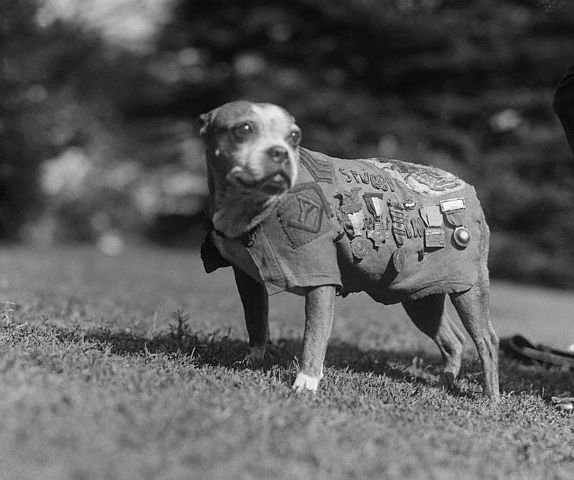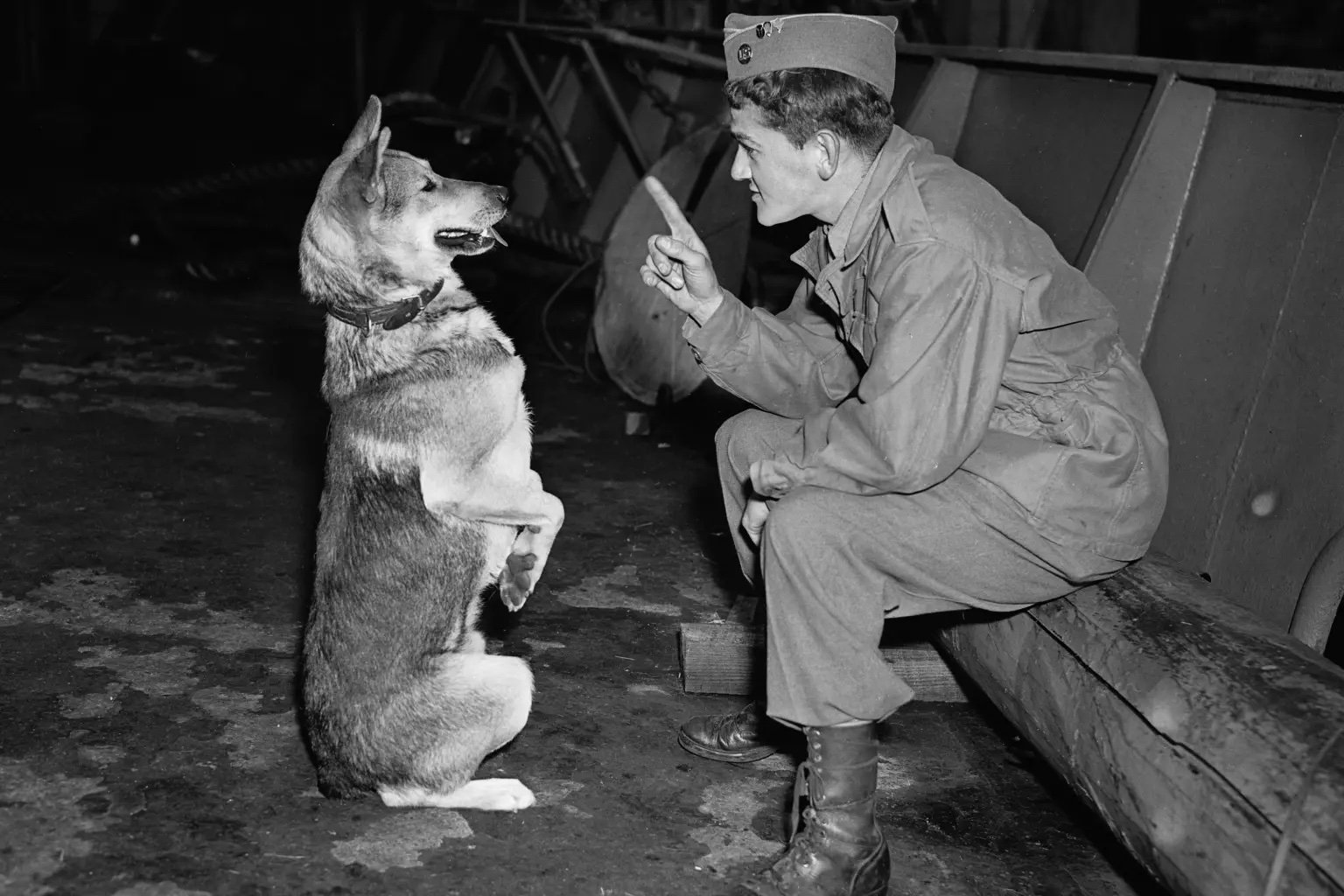Honoring Our Four-Legged Heroes: A Memorial for Military Dogs
As we observe Memorial Day and remember the brave men and women who have served our country, it is also fitting to honor the courageous canine companions who have played vital roles in our military history. These military dogs, often unsung heroes, have made significant contributions on and off the battlefield. Let's delve into their storied past and recognize their invaluable service.
A Brief History of Military Dogs in the United States
Early Beginnings
The use of dogs in military operations can be traced back to ancient civilizations, but their formal integration into the U.S. military began during World War I. The most famous dog of this era was Stubby, a Boston Terrier mix who served with the 102nd Infantry Regiment. Stubby is credited with saving his regiment from surprise mustard gas attacks, locating wounded soldiers, and even capturing a German spy.
Photo Source: Wikipedia
World War II
During World War II, the U.S. military established the War Dog Program, or "K-9 Corps," in 1942. Dogs were trained for various roles, including sentry duty, messenger service, and mine detection. Approximately 10,000 dogs were trained during this period, and their contributions were crucial in both the European and Pacific theaters.
Photo Source: NY Post
Vietnam War
In the Vietnam War, military dogs were deployed in larger numbers. These dogs, primarily German Shepherds, served as scout, tracker, sentry, and tunnel dogs. Their ability to detect ambushes, locate booby traps, and perform search and rescue missions saved countless lives. It is estimated that these brave canines saved over 10,000 American lives during the conflict.
Photo Source: AKC
Modern Era
In recent years, military dogs have continued to serve with distinction in conflicts in Iraq and Afghanistan. These dogs are trained to detect explosives, search buildings, and patrol perimeters. Their heightened senses and unwavering loyalty make them indispensable in modern warfare.
Photo Source: National Geographic
Roles and Training of Military Dogs
Detection Dogs
Trained to detect explosives, narcotics, and other contraband, detection dogs have an extraordinary sense of smell that can identify substances at concentrations as low as parts per trillion.
Patrol and Sentry Dogs
These dogs are trained to guard military installations, patrol perimeters, and detect intruders. They are often the first line of defense in securing bases and other critical assets.
Search and Rescue Dogs
With their acute sense of smell and agility, search and rescue dogs locate missing personnel and recover casualties in difficult terrains and disaster zones.
Therapy and Service Dogs
In addition to their battlefield roles, many military dogs provide therapeutic benefits to veterans suffering from PTSD and other war-related traumas. Their companionship and unconditional support play a crucial part in the healing process.
Honoring Their Service
Photo Source: American Legion
Military dogs are more than just working animals; they are soldiers, partners, and friends. Their bravery, loyalty, and sacrifice deserve recognition and remembrance. Organizations like the United States War Dogs Association and various memorials across the country, such as the War Dog Memorial in New Jersey, serve to honor these valiant canines. As we reflect on Memorial Day, let us extend our gratitude to these four-legged heroes who have stood by our soldiers, often at great personal risk, and recognize their unwavering dedication to protecting and serving alongside our troops. Their legacy is one of courage, loyalty, and unyielding spirit.






